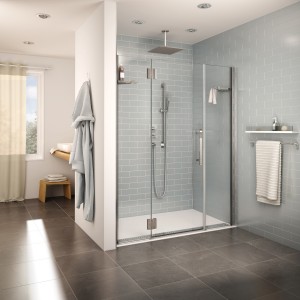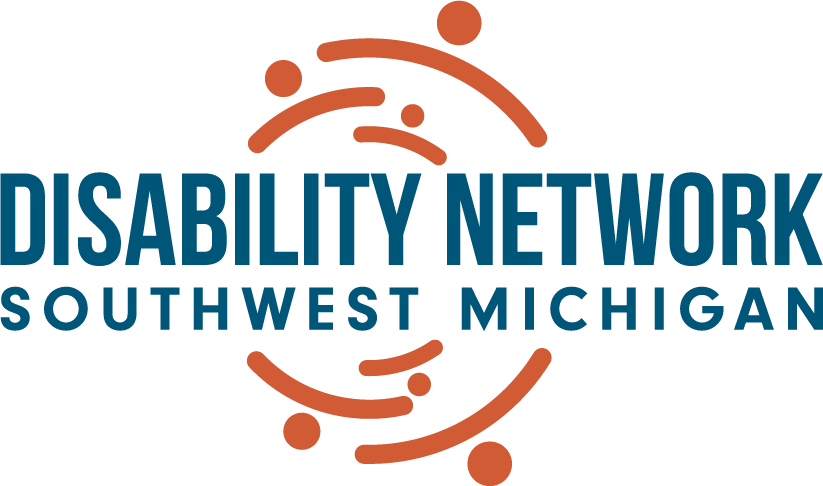 Do you know what Universal Design means?
Do you know what Universal Design means?
Universal Design is designing items and spaces so that they are available to as many people as possible. It means creating things with accessibility included in the original design.
Universal Design considers the full range of human diversity, including physical, perceptual and cognitive abilities. By designing for diversity, our environment becomes more user-friendly for everyone. For instance, curb cuts at sidewalks were initially designed for people who use wheelchairs, but they are now also used by pedestrians with strollers, rolling luggage, carts, etc. Curb cuts have added functionality to sidewalks that we can all benefit from.

Most often, Universal Design is considered within our built environment such as ramps, bathroom fixtures, automatic doors, drinking fountains, etc. It can also be applied to personal items; this can range from household objects like hand-held utensils, telephones, and many other products. Universal design can also be applied to processes such as educational tools, communications systems, and computers.
At one time, accessibility was an afterthought; it was seldom in our mainstream culture. The Americans with Disabilities Act went a long way toward addressing the need for accessibility and raising awareness of discrimination against people with disabilities when accessibility was not present. The Department of Justice revised and enforced accessibility standards in the “2010 ADA Standards for Accessible Design” which outlines minimum requirements. Universal Design takes accessibility to a higher level and strives to meet the best practices for design.
